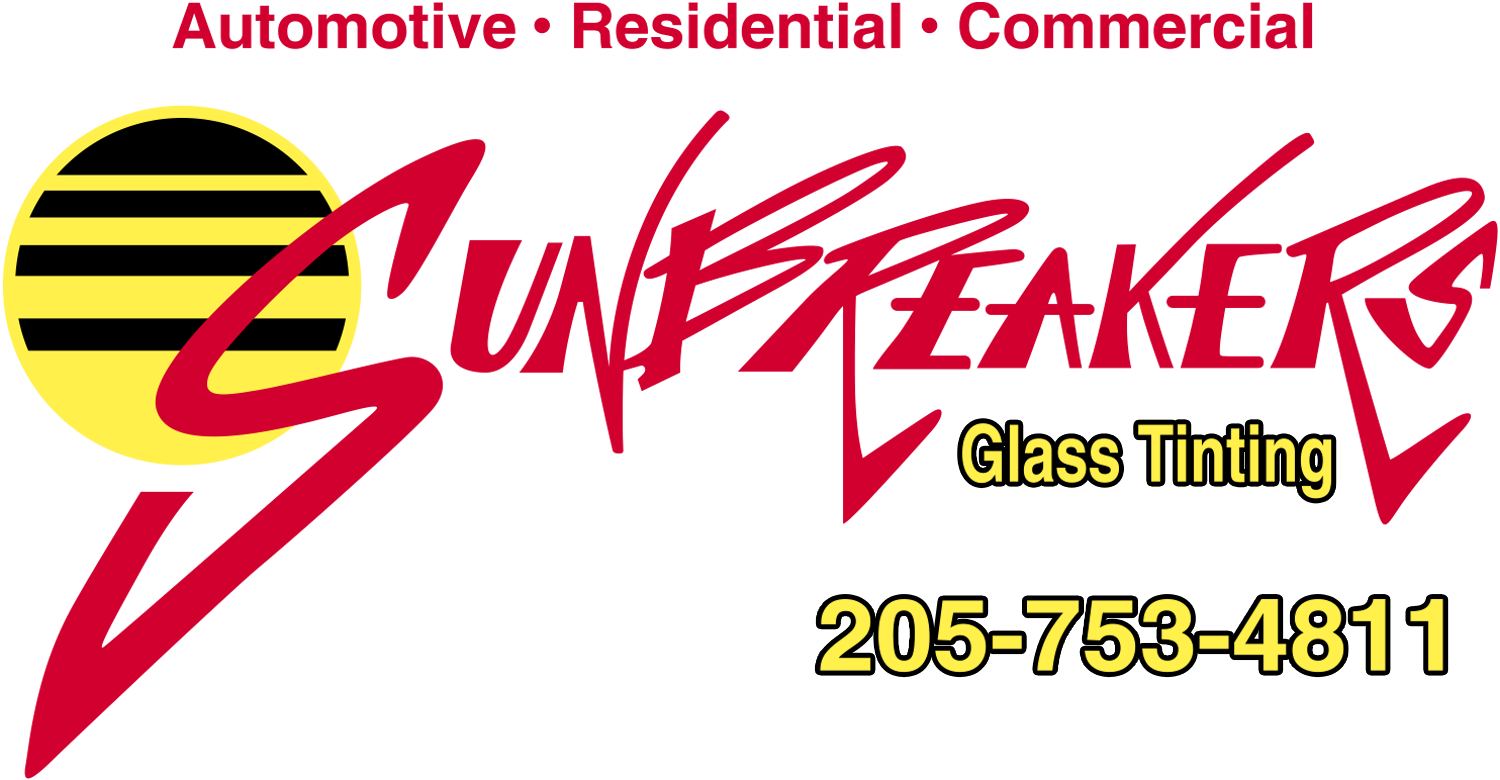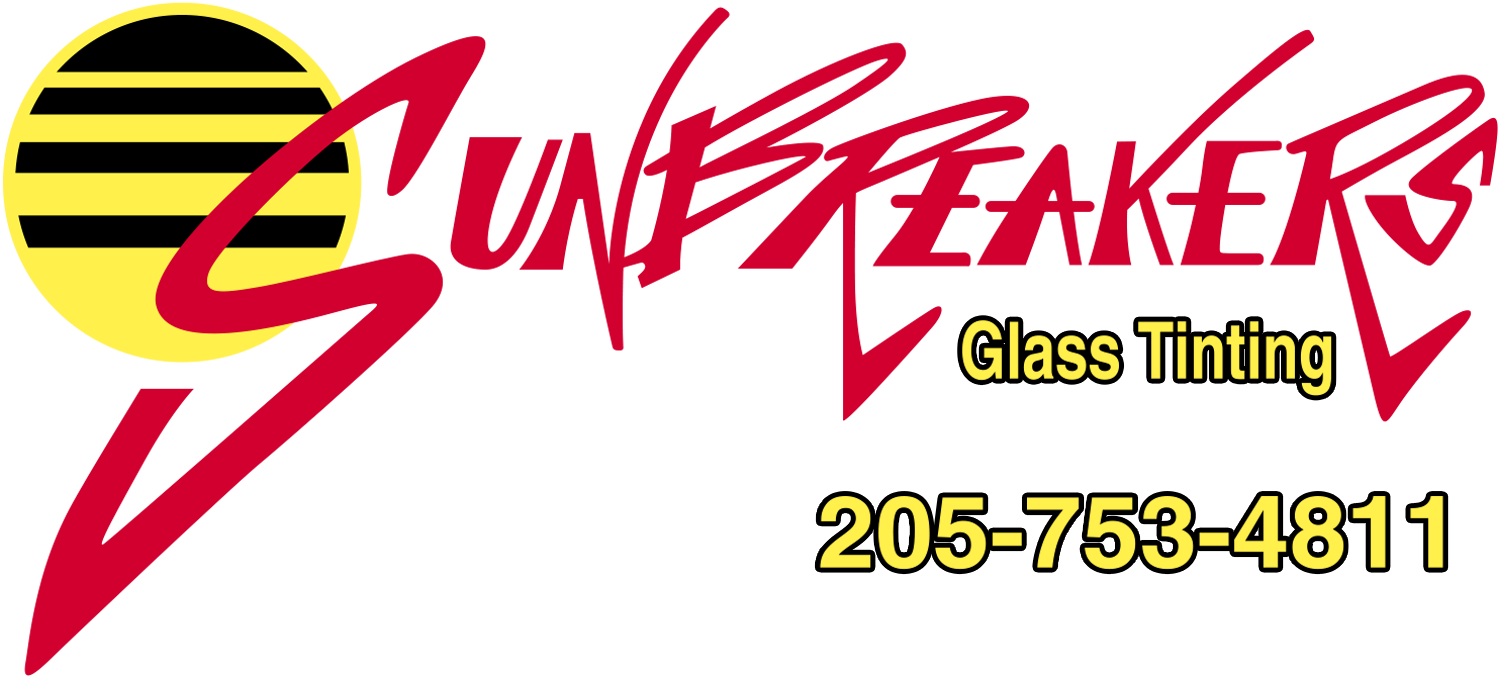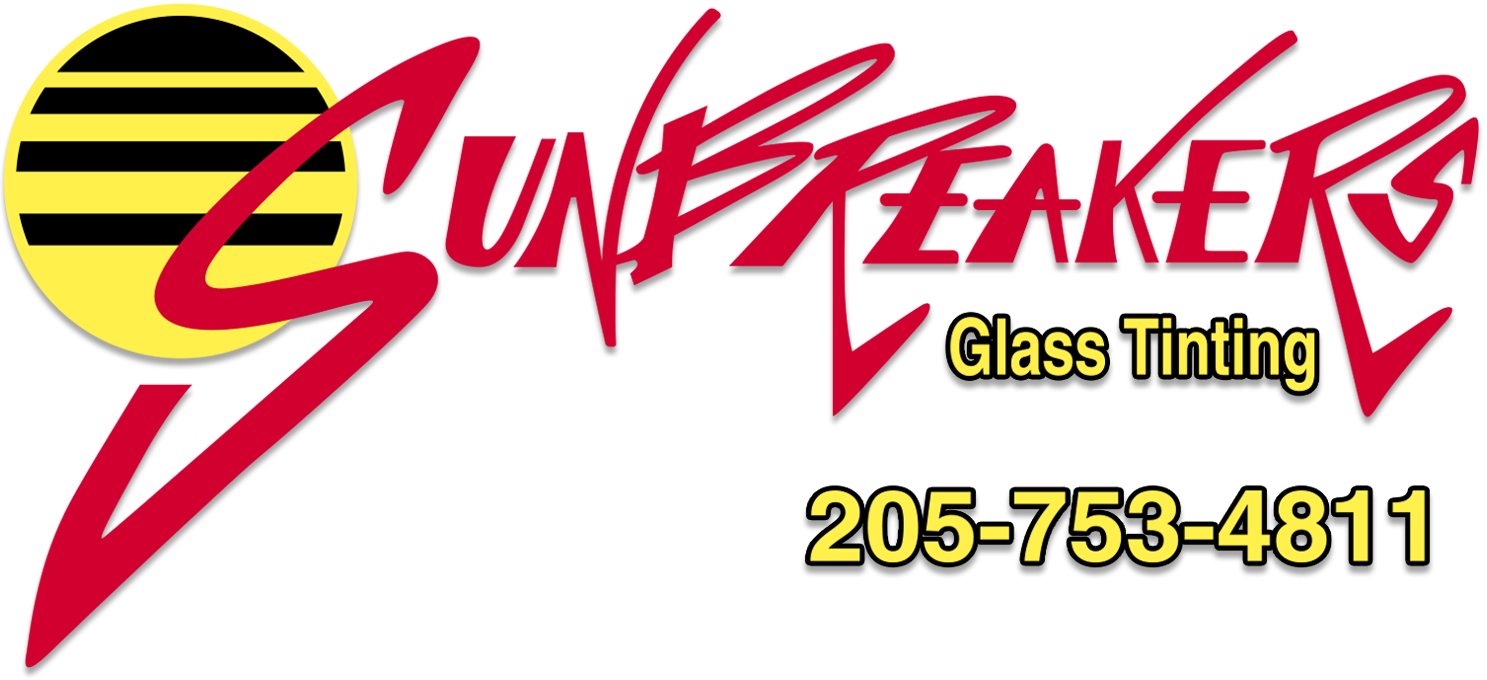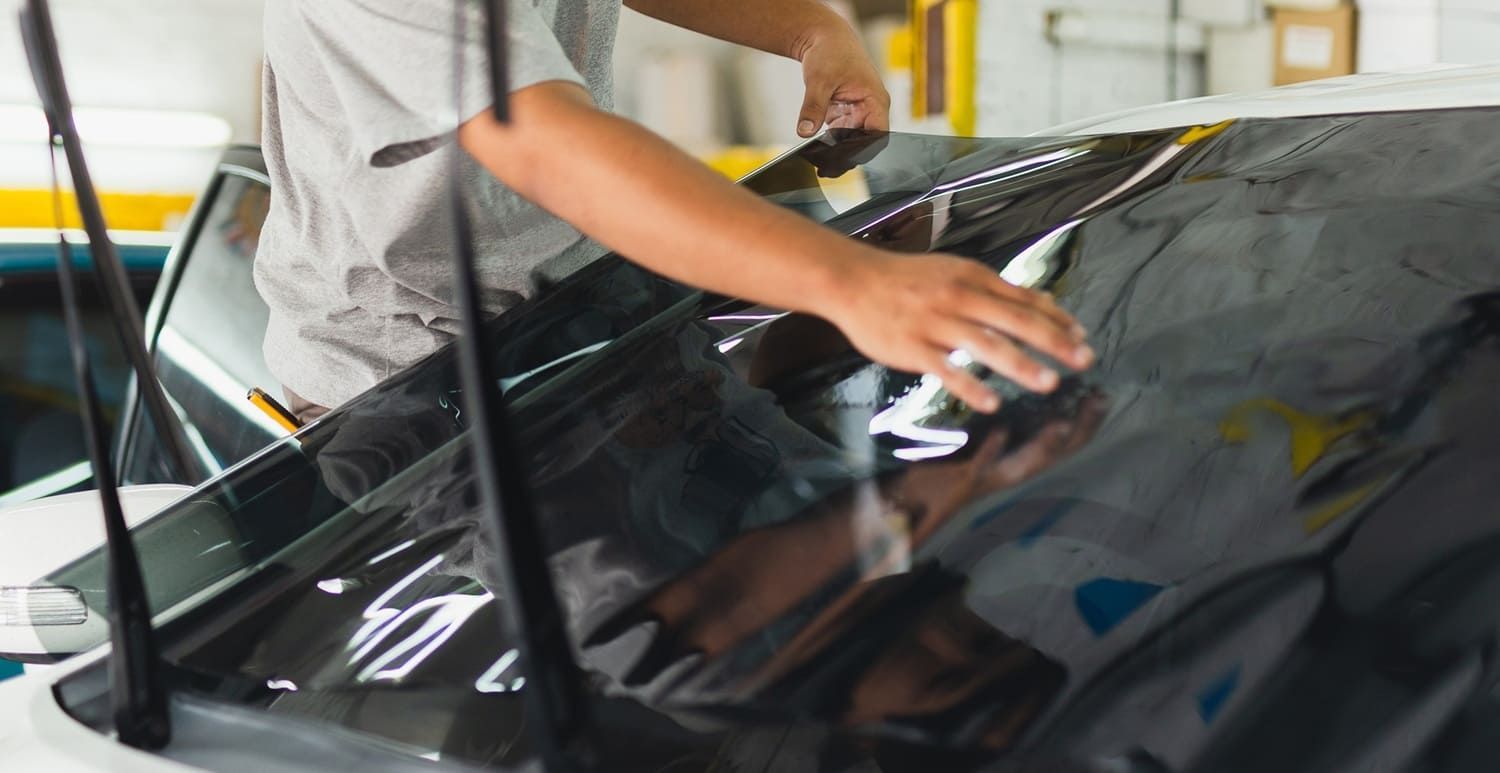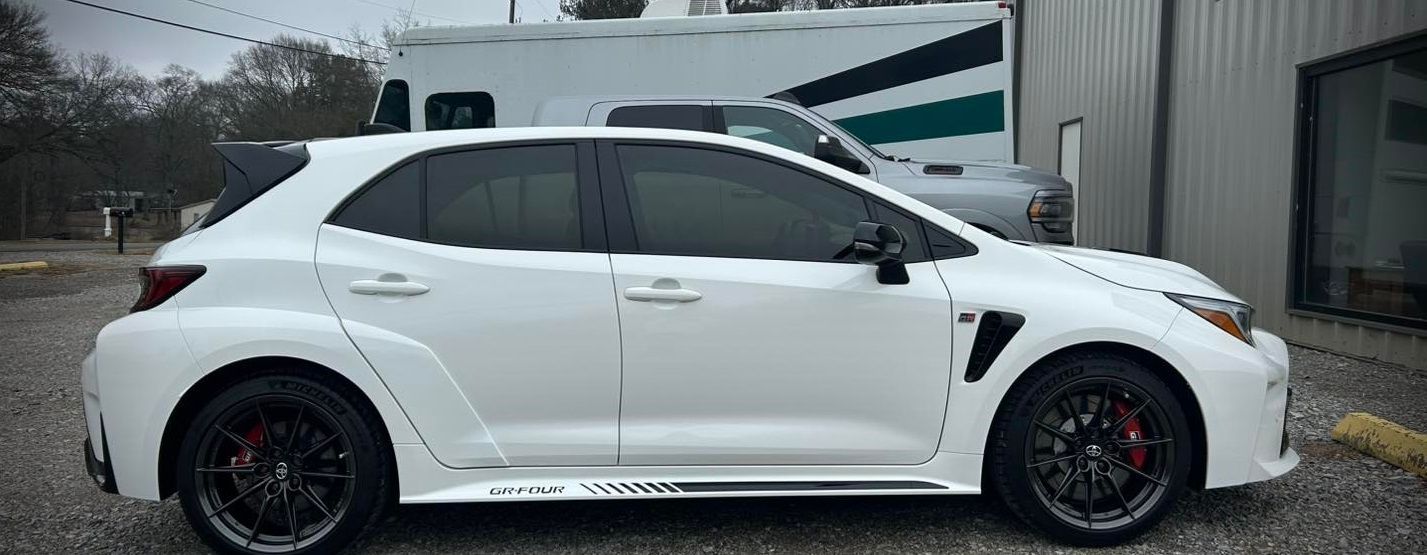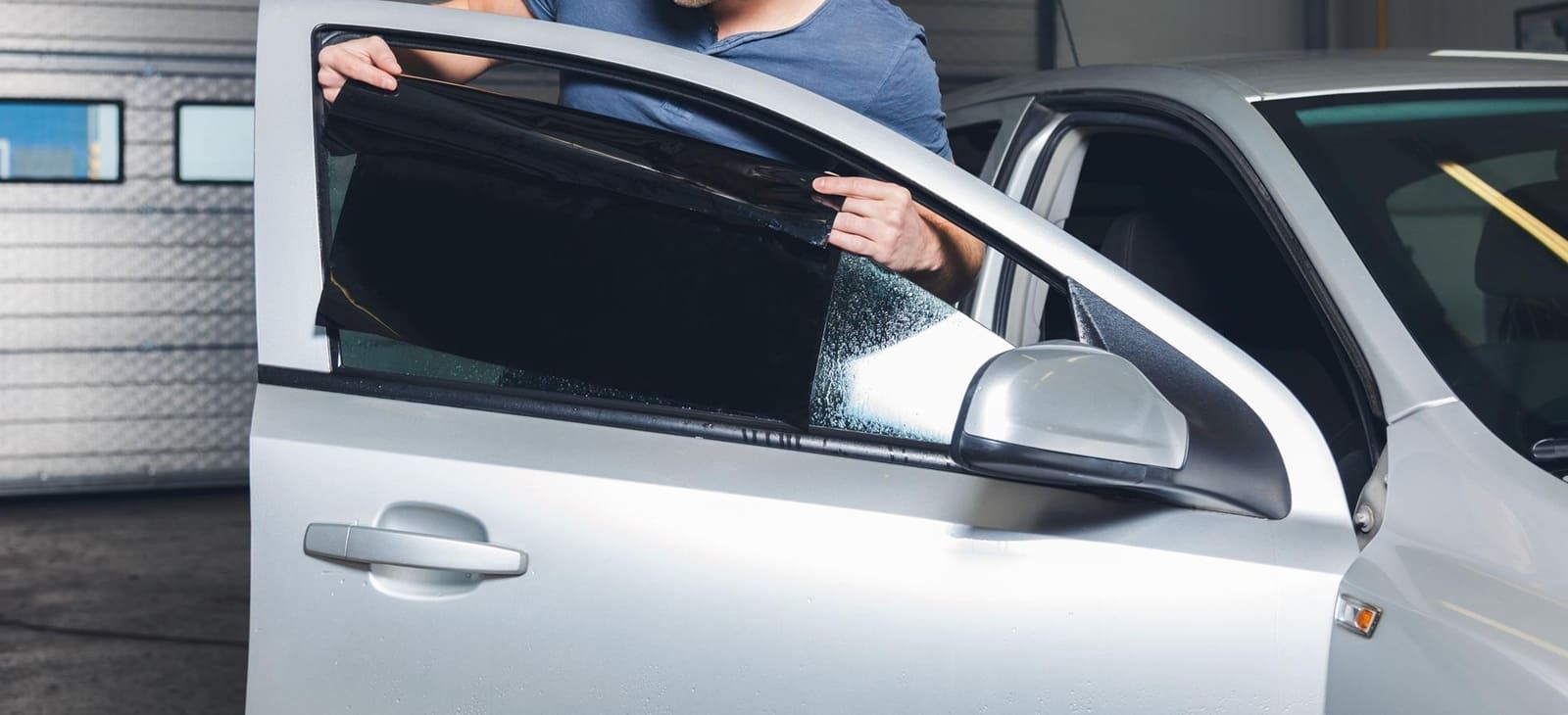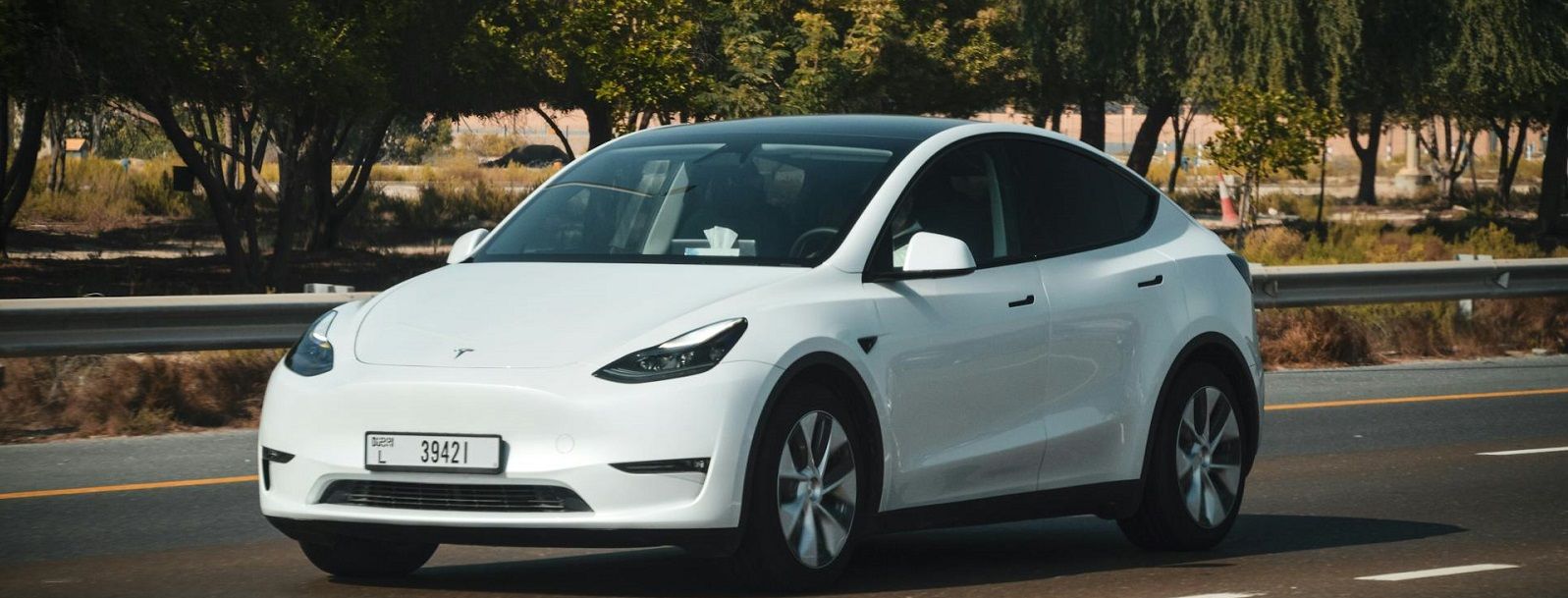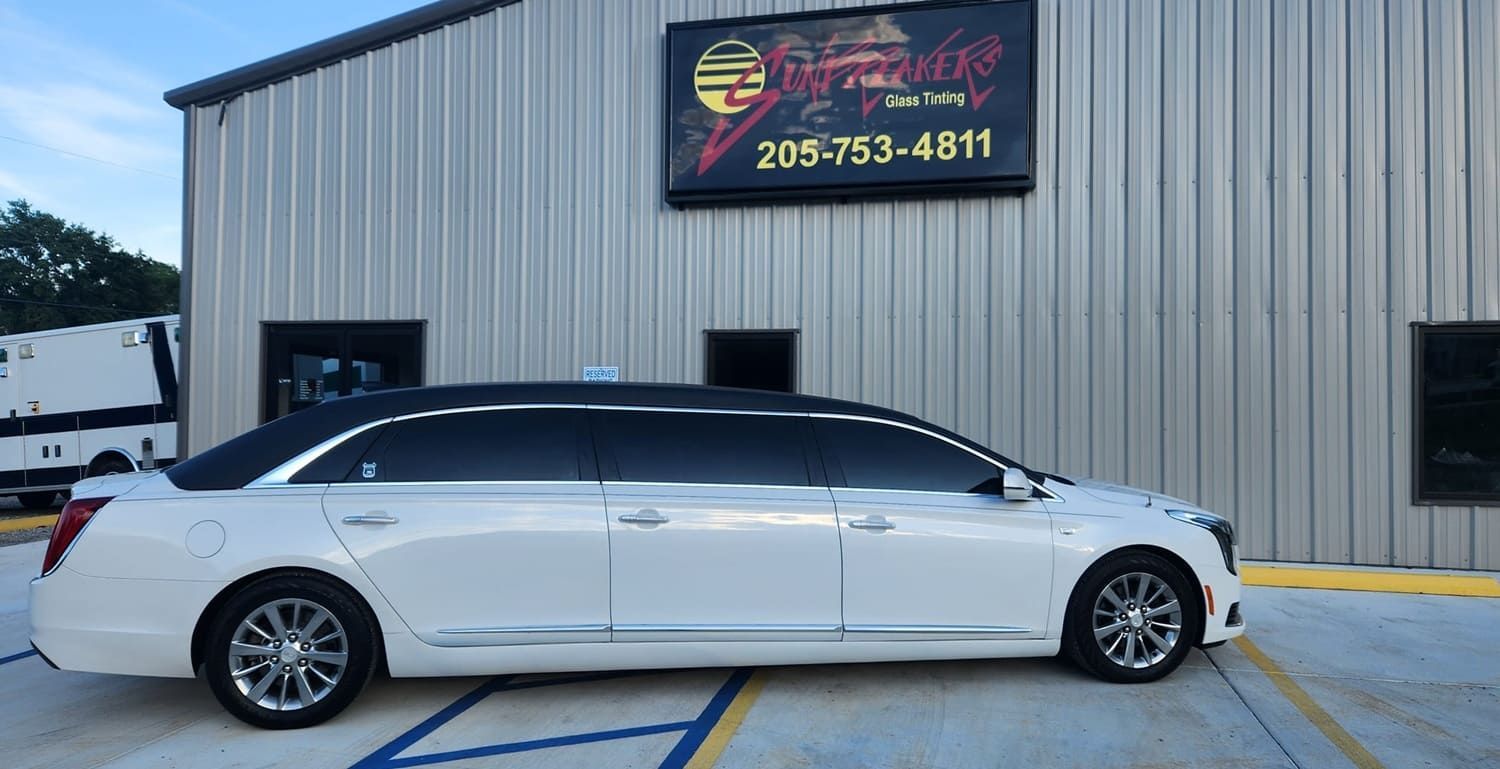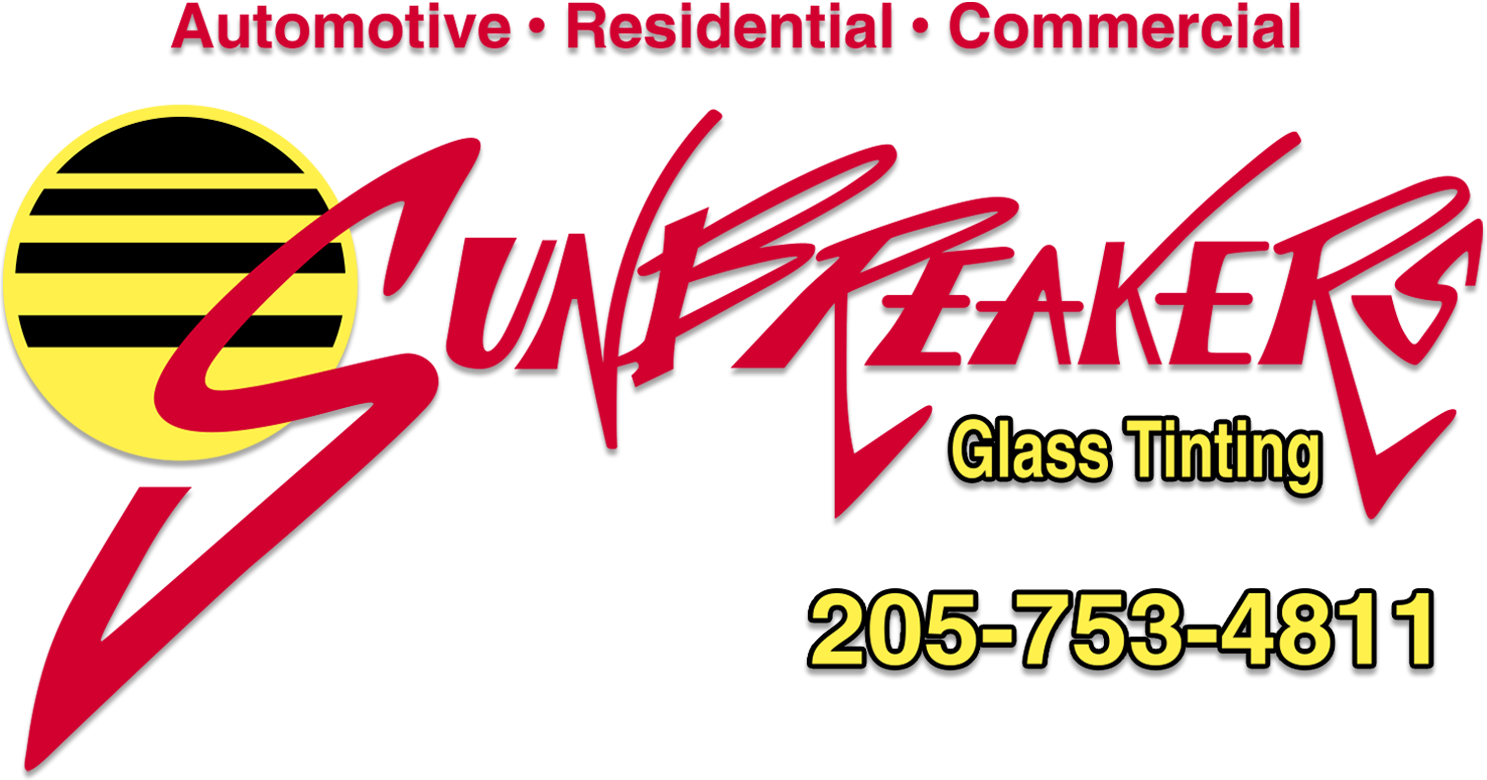Choosing Between Ceramic and Regular Tint
Choosing the right window tint for your vehicle can be a daunting task. There are many factors to consider, from UV protection to heat reduction, durability, and cost.
Two popular options are ceramic tint and regular tint. But how do they differ?
Ceramic tint is made with nonconductive ceramic particles. It's known for its superior heat reduction and UV protection capabilities.
On the other hand, regular tint, also known as dyed tint, is a more affordable option. It provides basic UV protection and privacy, but may not offer the same level of heat reduction.
In this comprehensive guide, we'll delve into the differences between ceramic and regular tints. We'll compare their features, benefits, and drawbacks to help you make an informed decision.
Whether you're a car owner, an automotive enthusiast, or simply considering window tinting for privacy or UV protection, this guide is for you.
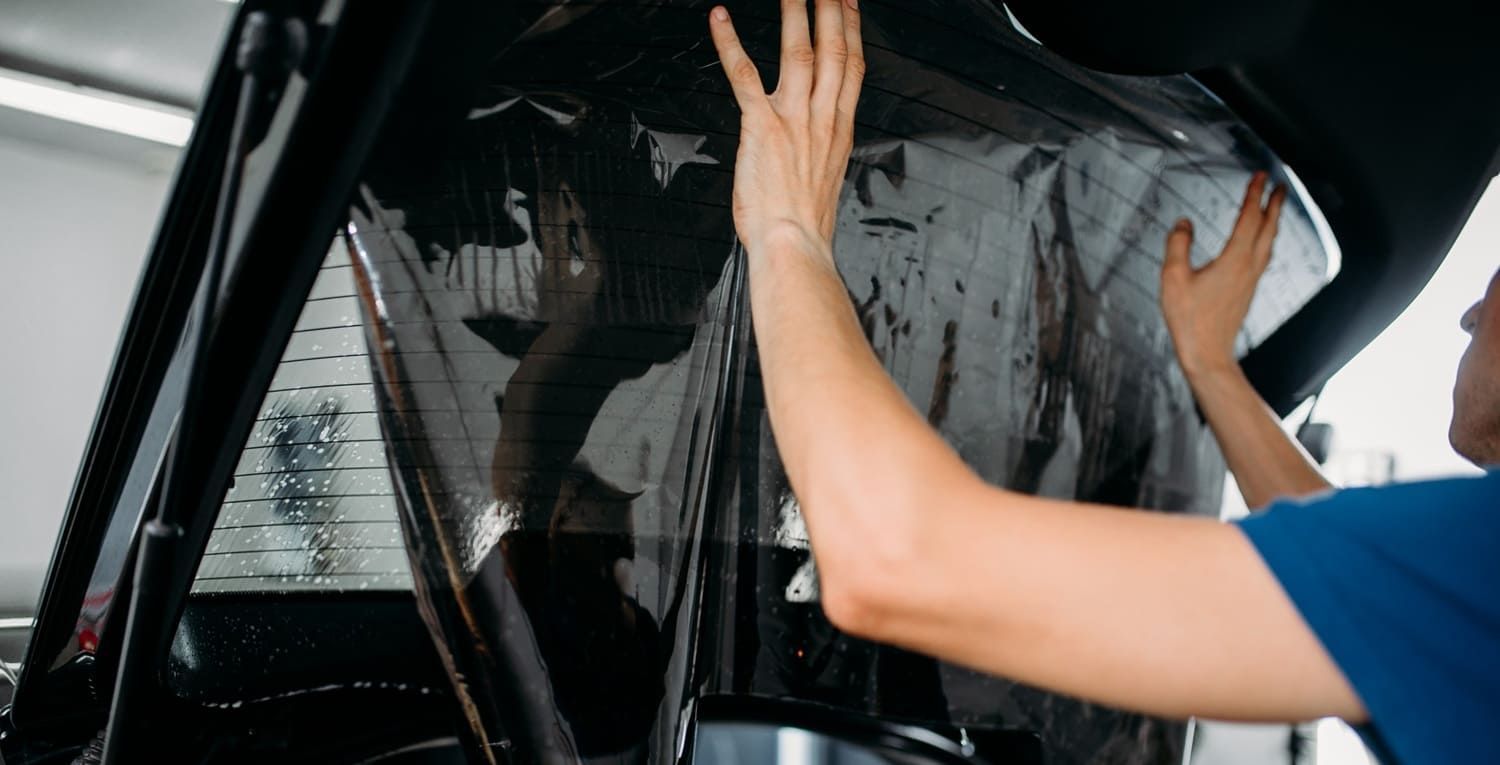
Understanding Window Tints: Ceramic vs Regular
Window tints not only enhance your car's appearance but also offer practical benefits. They reduce glare, improve privacy, and protect the interior from UV damage.
Ceramic and regular tints are among the most commonly chosen options. Despite both serving similar purposes, they differ greatly in terms of material composition and performance.
Ceramic tint is a high-tech option. It uses advanced nano-ceramic technology to provide superior heat and UV rejection without compromising visibility.
Regular tint, often referred to as dyed tint, is more traditional. It involves a basic film dyed to a specific shade, mainly serving aesthetic and light reduction purposes.
Understanding these differences is crucial. Making the right choice will depend on your specific needs, priorities, and budget considerations.
What is Ceramic Tint?
Ceramic tint is a premium choice for window tinting. It incorporates nano-ceramic particles that are invisible to the eye.
These particles reflect heat and block harmful UV rays effectively. This gives ceramic tint its excellent thermal rejection and sun protection properties.
Unlike some other tints, ceramic does not interfere with electronic signals. This feature keeps car gadgets and mobile devices functioning smoothly.
What is Regular Tint?
Regular tint, commonly known as dyed tint, is a simpler alternative. It consists of a polyester film dyed to achieve darkness.
This tint mainly focuses on enhancing the car's aesthetics. It also offers basic privacy and reduces glare to some extent.
Though affordable, regular tint typically lacks the advanced heat and UV blocking features of ceramic tints. It can fade over time, leading to discoloration.
Comparing the Features
Choosing between ceramic and regular tint involves understanding their distinct features. These differences impact the overall performance and satisfaction you might get from each option.
Ceramic tints are superior in several aspects, thanks to their advanced technology. Regular tints, while more basic, offer certain benefits that appeal to budget-conscious buyers. Let’s delve into some specific features of each type.
UV Protection and Heat Reduction
One of the major perks of ceramic tint is its impressive UV protection. It blocks up to 99% of harmful UV rays. This safeguard protects your skin while preventing interior fading and damage. Additionally, its heat reduction capabilities are outstanding, keeping your car cooler on sunny days.
In comparison, regular tint provides moderate UV protection. It may block a substantial amount of sunlight, yet doesn’t match the protective performance of ceramic tint. Regular tint also offers lower heat rejection, making it less effective in hot climates.
The high IR (infrared radiation) rejection of ceramic tints further contributes to controlling the interior temperature. This is a key advantage for those living in areas with intense sunlight.
For those seeking a balance between cost and protection, this aspect should weigh heavily in decision-making.
Visibility and Clarity
Visibility is crucial for safe driving. Ceramic tints excel here, offering clear visibility even at darker shades. The non-metallic composition does not hinder your view of the road or surroundings.
Conversely, regular tints might obscure visibility, especially with darker shades. The dyed film can sometimes create a cloudy appearance.
Clarity with ceramic tint is generally unmatched, reducing eye strain and enhancing comfort. This makes it a preferred choice for long drives.
Durability and Longevity
Ceramic tints outshine regular tints in durability. They resist fading and discoloration over time, maintaining their look and function for many years.
Regular tints, however, are prone to fading as the dye deteriorates. Their lifespan is typically shorter, which might lead to frequent replacements.
For long-term users, investing in ceramic tint could mean fewer hassles with replacements. This makes ceramic an attractive option despite its higher initial cost.
Cost Considerations
Cost plays a significant role in choosing a tint. Ceramic tints come with a higher price tag due to their advanced technology and benefits. They can be a worthwhile investment, especially for those seeking quality and long-term savings.
On the other hand, regular tints are much more budget-friendly. They suit those looking to enhance aesthetics without breaking the bank. However, the lower price may come at the expense of longevity and effectiveness.
Ultimately, weighing the upfront cost against benefits is vital. Consider your budget and prioritize what features matter most to you.
Benefits and Drawbacks
Choosing between ceramic and regular tint requires weighing their benefits and drawbacks. Each type has distinct qualities that suit different needs and preferences.
Ceramic tints offer advanced protection but at a higher price. Regular tints provide a more budget-friendly solution, albeit with some compromises in durability and performance.
Advantages of Ceramic Tint
Ceramic tints are renowned for exceptional UV protection. They block nearly 99% of harmful rays, safeguarding your skin and car interior from damage. Another standout feature is their superior heat reduction. They efficiently keep your vehicle cool in hot weather, which can reduce the need for air conditioning.
Signal interference is minimized with ceramic tints due to their non-metallic nature. This ensures that electronic devices and GPS function without disruptions. Additionally, the clarity of ceramic tint remains high, offering perfect visibility even at darker shades.
Their robust construction also gives ceramic tints remarkable longevity. They resist fading and discoloration, maintaining their quality and appearance for many years. This means fewer replacements and lower long-term costs.
Disadvantages of Ceramic Tint
Despite their numerous benefits, ceramic tints come with some downsides. The most notable disadvantage is the initial cost. They are significantly more expensive than regular tints, which can be a deterrent for budget-conscious buyers.
Installation can also be a bit complex. Professional installation is recommended to ensure optimal results, adding to the overall cost. Additionally, ceramic tints require careful maintenance to retain their effectiveness and appearance over time.
Moreover, while rare, ceramic tints might not be compatible with certain car models due to factory-installed elements. Always check compatibility before choosing.
Advantages of Regular Tint
Regular tints are appealing primarily for their affordability. They provide a cost-effective solution for those looking to improve privacy and aesthetics without investing a lot. For many, this lower cost is a significant deciding factor.
These tints are also widely available and easy to install. This means less time and cost associated with the installation process. Moreover, regular tints still offer a degree of UV protection and heat reduction, enhancing comfort to a certain extent.
The simplicity of regular tint also translates into diverse style choices. Options are plentiful for those who prioritize style changes on a budget.
Disadvantages of Regular Tint
However, regular tints come with their set of limitations. They are known to fade over time due to their dyed composition. This fading can reduce their effectiveness and may lead to regular replacements.
Their heat rejection capabilities are inferior to ceramic tints, which can result in higher car temperatures. This is less ideal for those living in particularly hot climates.
Visibility is another concern with regular tints, especially in darker shades. This could lead to reduced clarity and potential safety issues while driving at night or in low-light conditions.
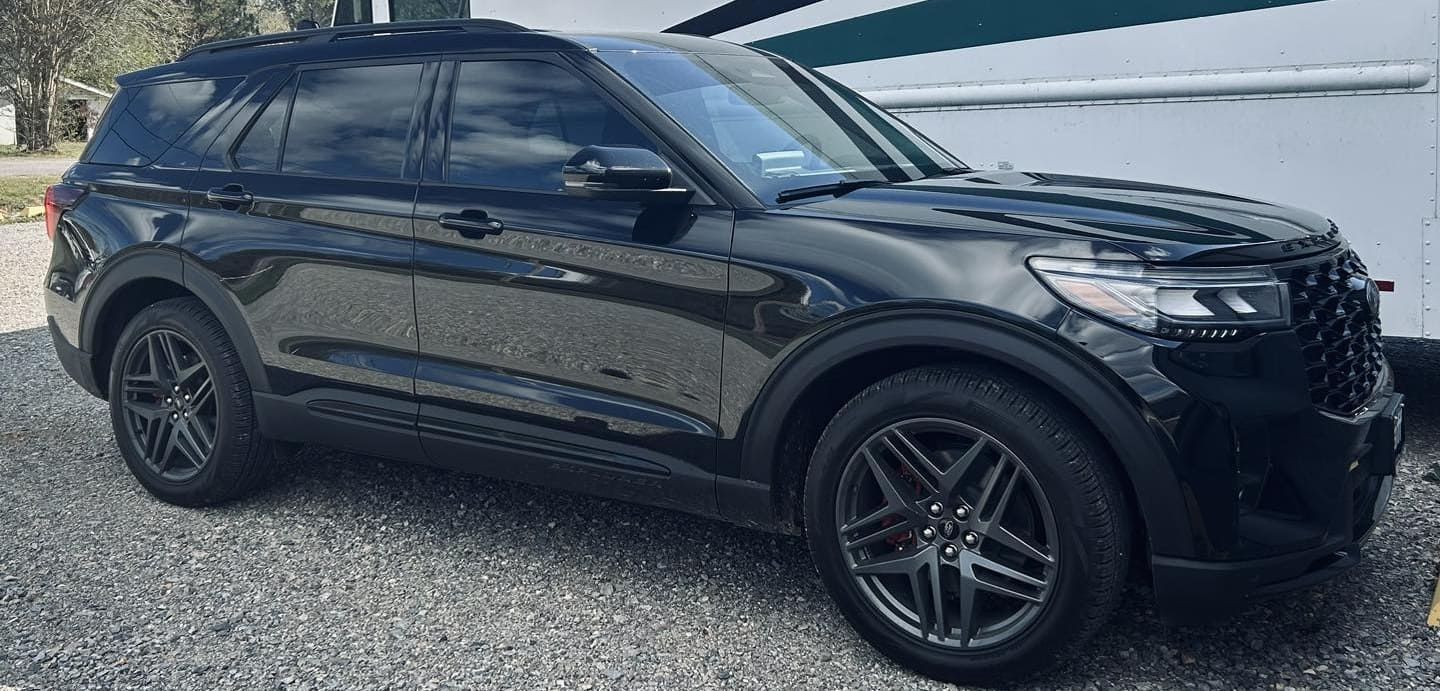
Installation and Maintenance
Installation and maintenance are crucial parts of window tint ownership. Proper handling ensures long-lasting performance and appearance.
The way tint is installed and cared for can significantly affect its longevity and efficacy. Understanding these aspects helps maintain your investment in optimal condition.
Installation Process
The installation of window tints requires precision and care. Professional installation is often recommended for optimal results, particularly for ceramic tints. This ensures that the film adheres perfectly without bubbles or gaps.
When it comes to DIY installations, regular tints are more forgiving. Their simpler structure makes them easier to apply without specialized tools or expertise. However, mistakes during installation can lead to problems like bubbling or peeling over time.
Before starting, ensure the windows are clean and free of debris. This prevents imperfections during installation. It also promotes a stronger bond, ensuring better performance of the tint in the long run.
Maintenance and Care
Maintaining window tints is essential for durability and appearance. Ceramic tints, while resilient, still benefit from regular cleaning using non-abrasive materials. Gentle cleaners preserve the tint’s clarity and integrity.
Avoid harsh chemicals or abrasive sponges on both ceramic and regular tints. They can damage the tint, leading to scratches or reduced effectiveness. Regular, gentle cleaning keeps your window tints looking new for longer.
Inspect your tints regularly for signs of wear or damage. Quick repairs can prevent minor issues from becoming major problems, ensuring your tints continue to perform well and add value to your vehicle.
Legal and Safety Considerations
Legal and safety aspects are essential when considering window tints. Each state or region may have specific regulations that govern the acceptable tint levels for vehicles.
Ignoring these laws can result in fines or demands to remove non-compliant tints. It's crucial to be informed about local laws before choosing and installing any window tint.
Compliance with State Laws
Tint darkness and reflectivity are often regulated by state law. For example, some states specify how dark your tint can be, measured by Visible Light Transmission (VLT) percentage. Others might regulate how reflective a tint can be to reduce glare.
States typically have different rules for front and rear windows. It’s vital to understand these distinctions to avoid penalties. Consulting state DMV websites or professionals can clarify permissible levels for different window positions.
Moreover, some states require decals proving legal compliance. These small details can save you time and money, helping ensure your tints are both stylish and within legal limits.
Safety and Security Features
Tints offer significant safety enhancements, particularly ceramic options. Ceramic window tints block a large fraction of UV rays, protecting both passengers and vehicle interiors from harmful sun exposure.
Safety extends beyond UV protection. Ceramic tints add strength to glass, helping it remain intact during impacts or accidents. This additional layer can prevent shards from injuring passengers.
Moreover, tints offer a degree of security by concealing interior contents, deterring theft. Choosing a high-quality tint not only elevates vehicle aesthetics but also enhances safety and security, offering peace of mind.
Making the Right Choice for Your Vehicle
Choosing between ceramic and regular tint involves balancing several factors. Each tint offers unique benefits and drawbacks, suited to different needs and conditions.
Consider your priorities, such as UV protection, cost, and durability. These will guide you in selecting the tint that best complements your vehicle and lifestyle.
Factors to Consider
First, think about your driving environment. If you often drive in sunny climates, higher UV protection might be crucial. Ceramic tints provide superior sun protection, shielding your skin and car interior.
Cost is another important factor. Ceramic tints generally cost more, but they offer durability and long-term benefits. Weighing upfront expenses against potential savings from longevity and protection can provide clarity.
Lastly, consider aesthetics and compliance. You’ll want a tint that enhances your vehicle's look while staying within legal limits. Finding a balance between style and function is key.
Tips for Choosing the Best Tint
Begin by researching and gathering information about various tint types. Understand the features and benefits of each, focusing on what best meets your needs.
Next, consult with professionals. Experienced installers can provide valuable insights and recommendations based on experience. They can also ensure your choice complies with local laws.
Finally, request to see examples. Viewing the tints on similar vehicles can help visualize the final outcome, allowing for a more informed decision. This approach will lead to a choice you’re happy with long-term.
Conclusion
Deciding between ceramic and regular tint hinges on personal preferences and priorities. At Sunbreakers Glass Tinting in Riverside, AL, we offer both options, each with distinct advantages tailored to different needs and budgets.
Consider ceramic tint for superior UV protection and longevity, ideal for those seeking long-term performance. Meanwhile, regular tint provides a cost-effective solution that still enhances privacy and aesthetics. Our expert team helps you evaluate your unique driving conditions and legal requirements to make an informed choice. With thoughtful consideration and professional guidance from Sunbreakers Glass Tinting, you can select a tint that enhances both your vehicle's appearance and your comfort on the road.
Contact us today for a free estimate and let Sunbreakers Glass Tinting help you achieve the perfect window tint that meets your needs and elevates your vehicle’s style and functionality.
